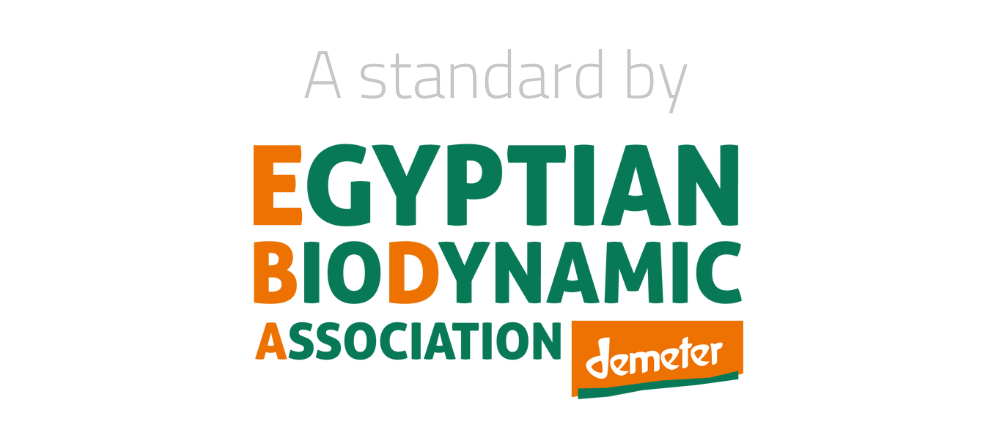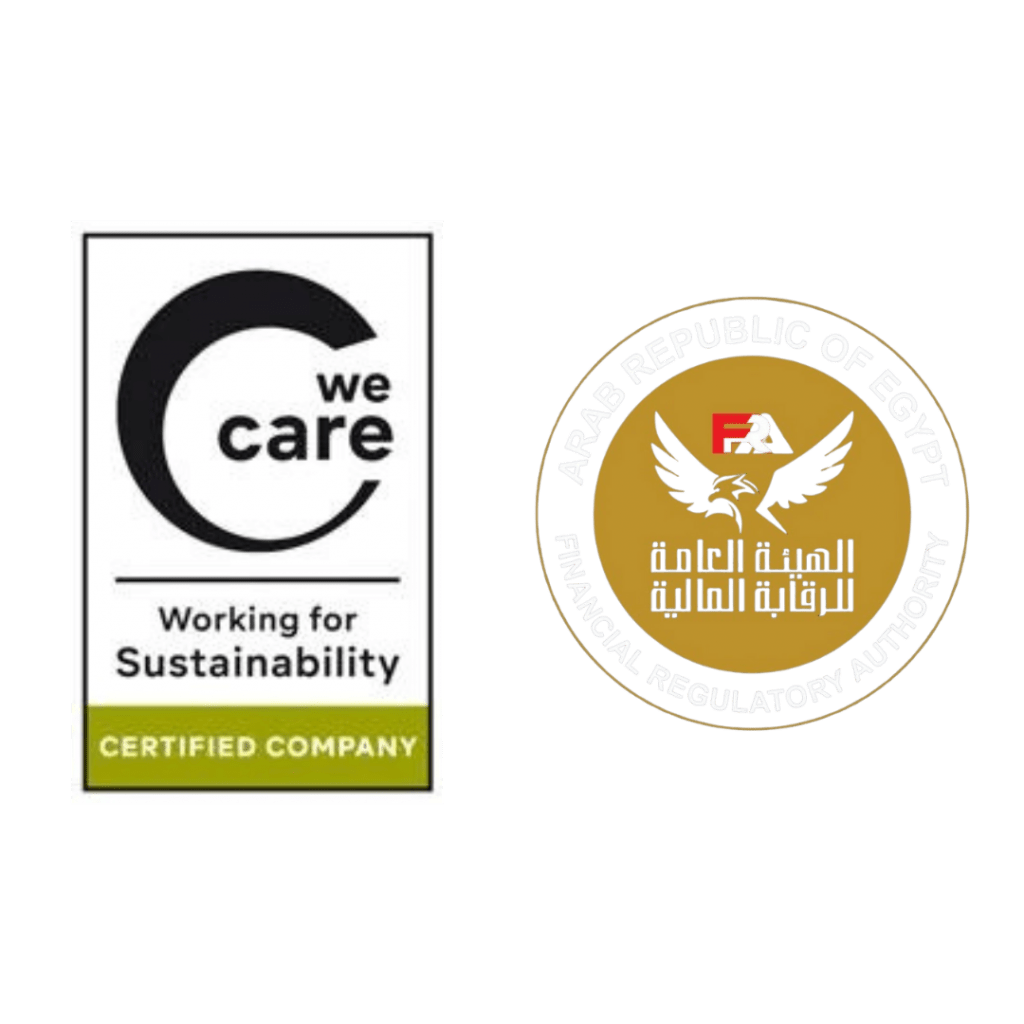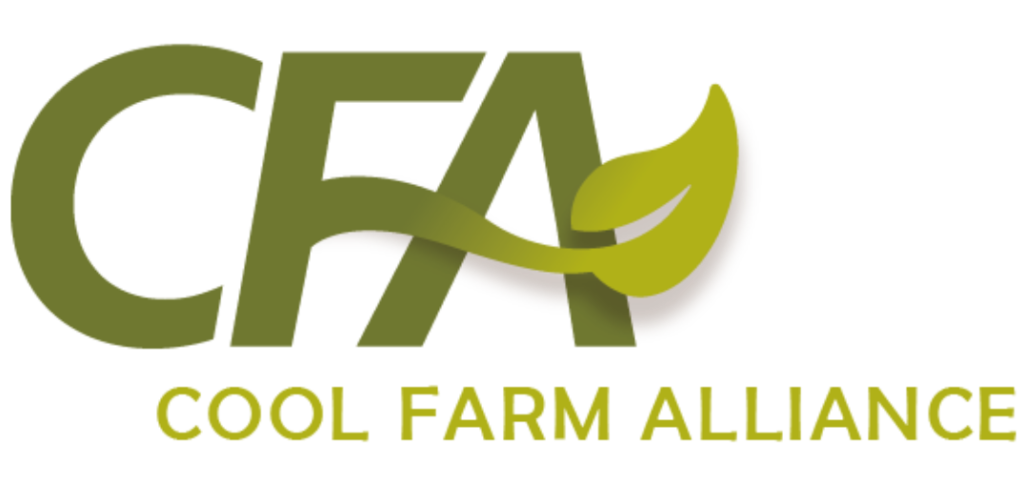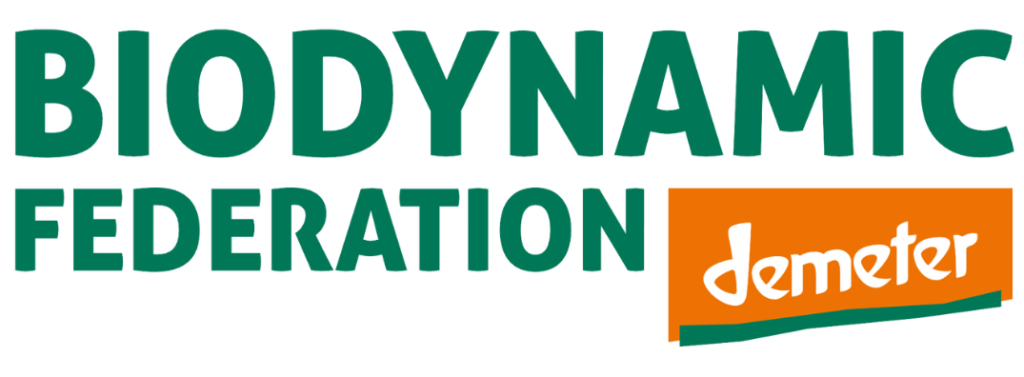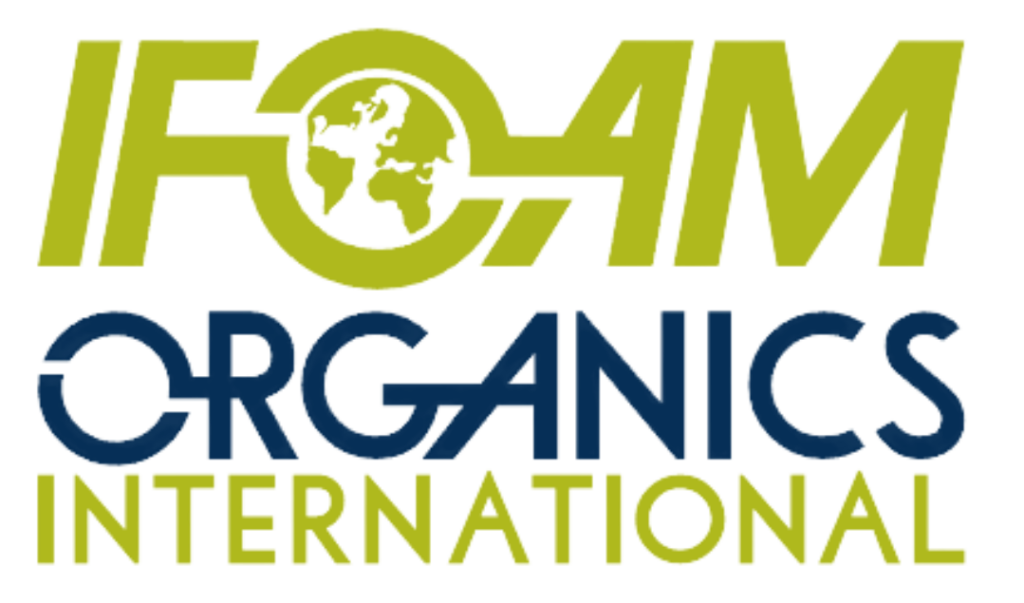Welcome, our environment lovers. We are Economy of Love.
We started as we believed that we can be a tool to impact people’s lives and the environment with our services in a positive way.
Here’s our beginning.
History
In 1977, SEKEM began revitalizing untouched Egyptian desert land using biodynamic farming, creating a successful agricultural initiative. It evolved into an agro-economic group with companies, NGOs, education, and healthcare. Today, SEKEM is a global social business leader.
Economy of Love (EoL) Standard, inspired by SEKEM initiative, defines holistic sustainability across society, economy, culture, and environment. EoL supports biodynamic farmers, promotes positive impact production, carbon sequestration, and biodiversity. It ensures transparency, fair wages, and true cost accounting in validated carbon projects. EoL, established in 2019, expanded in 2021 with carbon credit issuance and governance.
The aim is to advance regenerative agriculture amid climate change using indicators like carbon sequestration, afforestation, waste recycling, and renewable energy for irrigation in Egypt.
Economy of Love was initiated by an organic farmer’s association called the Egyptian Biodynamic Association (EBDA), to support sustainable farmers, companies and consumers.
Mission
Our mission is to create a certification system that promotes transparency and collaboration between producers and consumers for a more sustainable economy that reflects our ethical values.

Vision
Our vision is a transparent world economy that actively regenerates nature and supports ethical values to live a mindful and fulfilling life, acting with love.


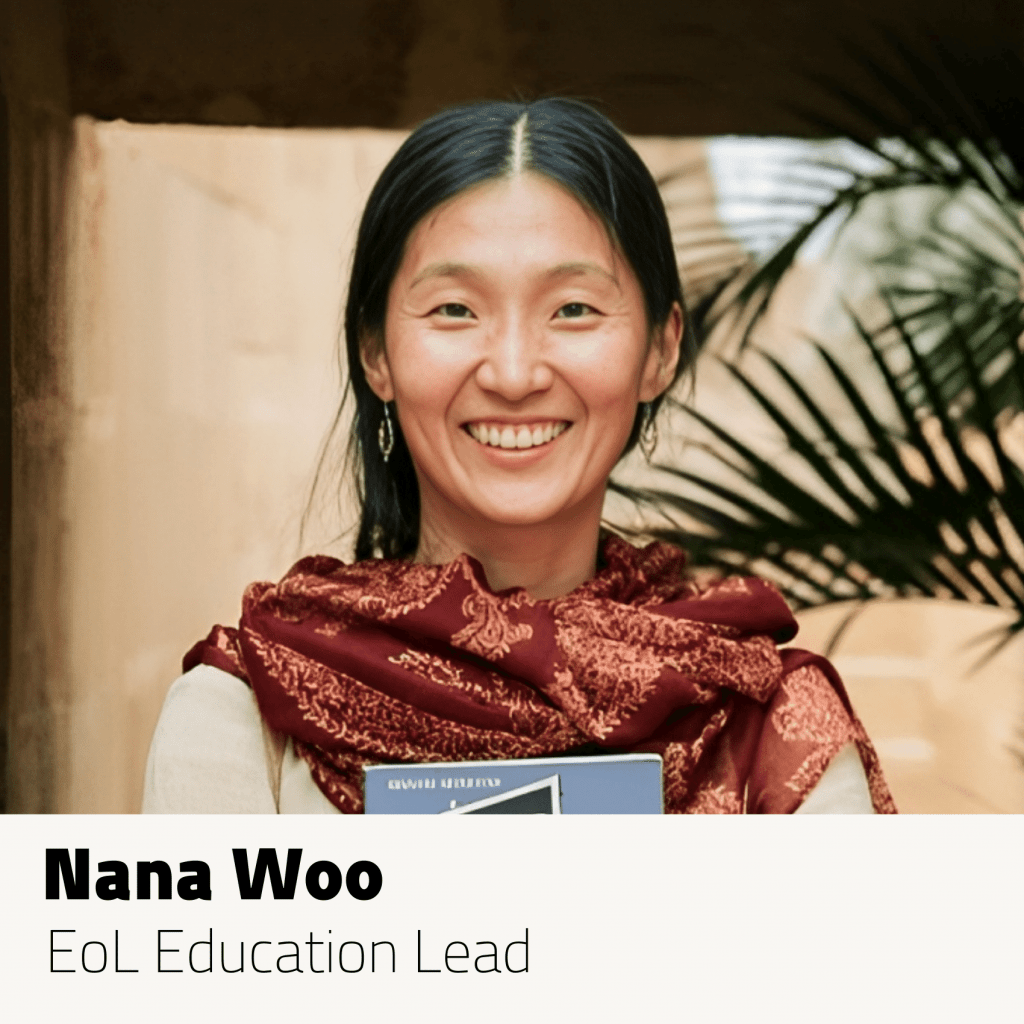
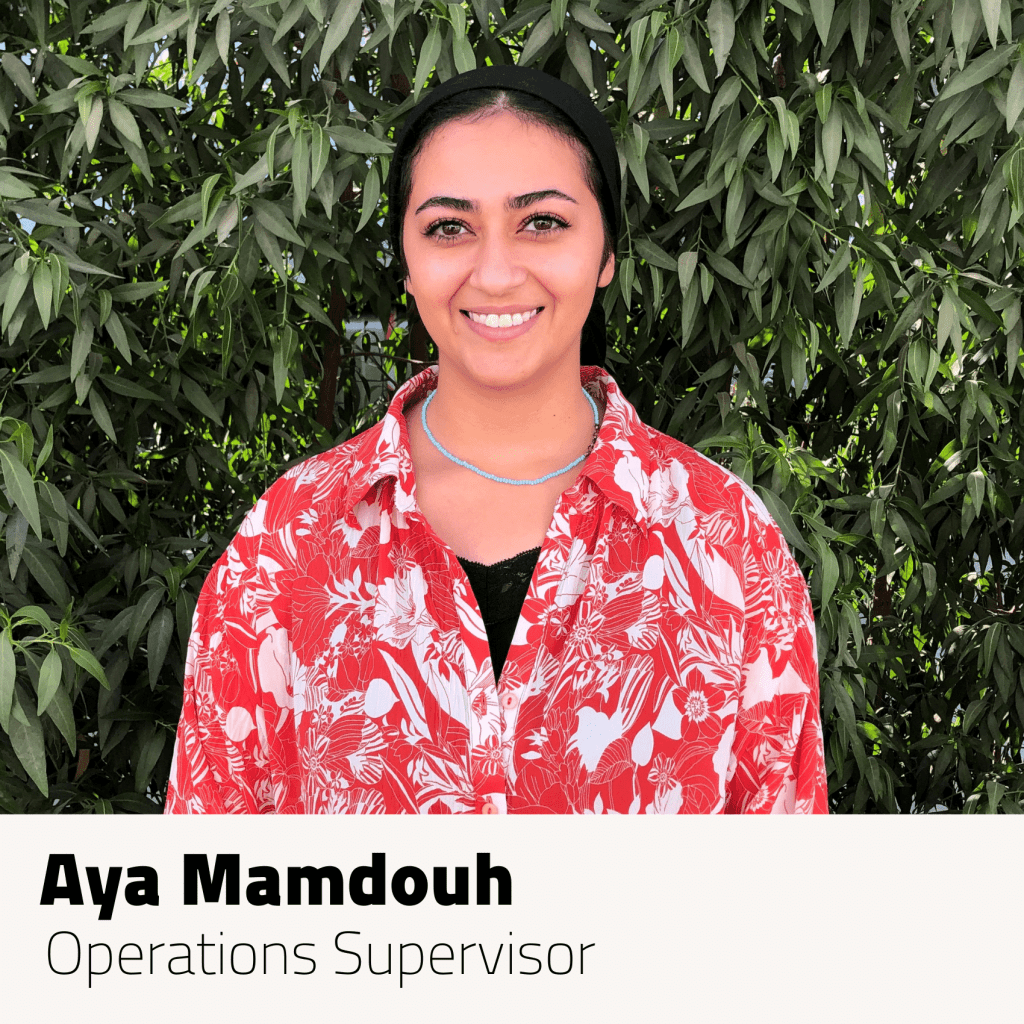
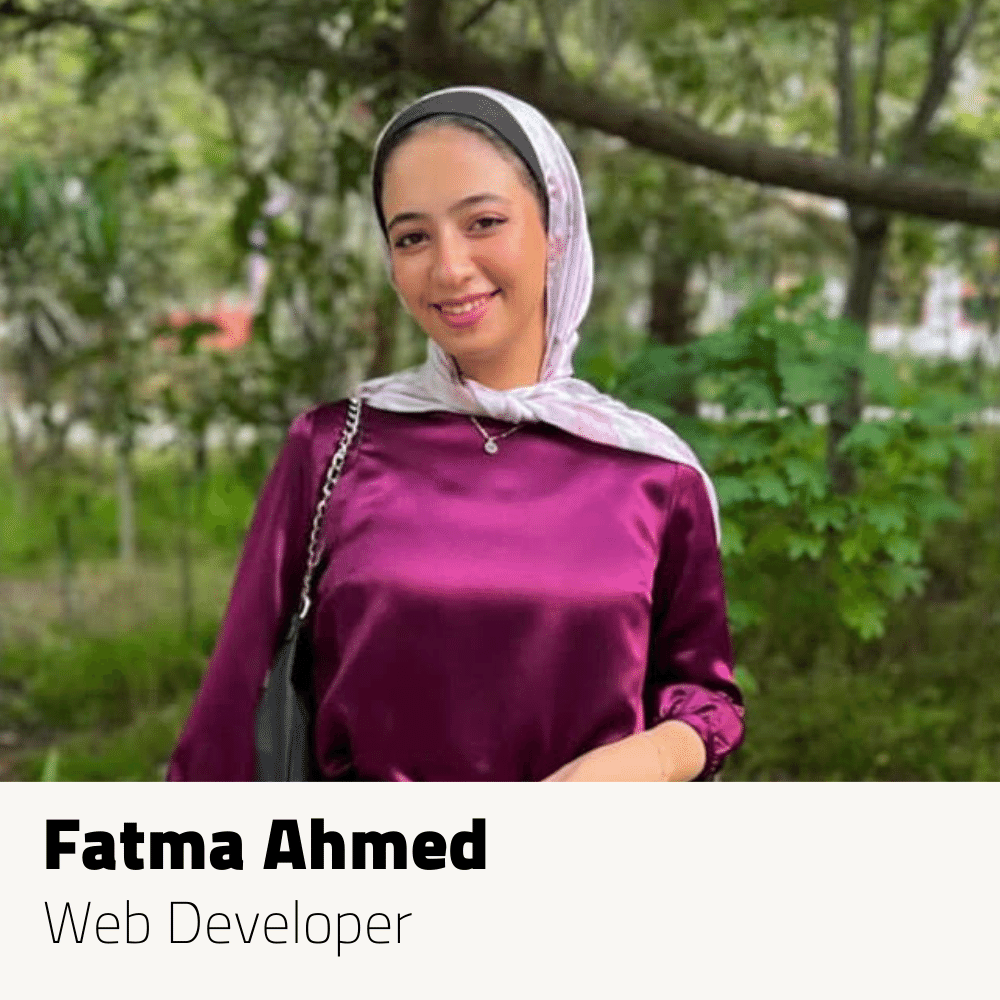
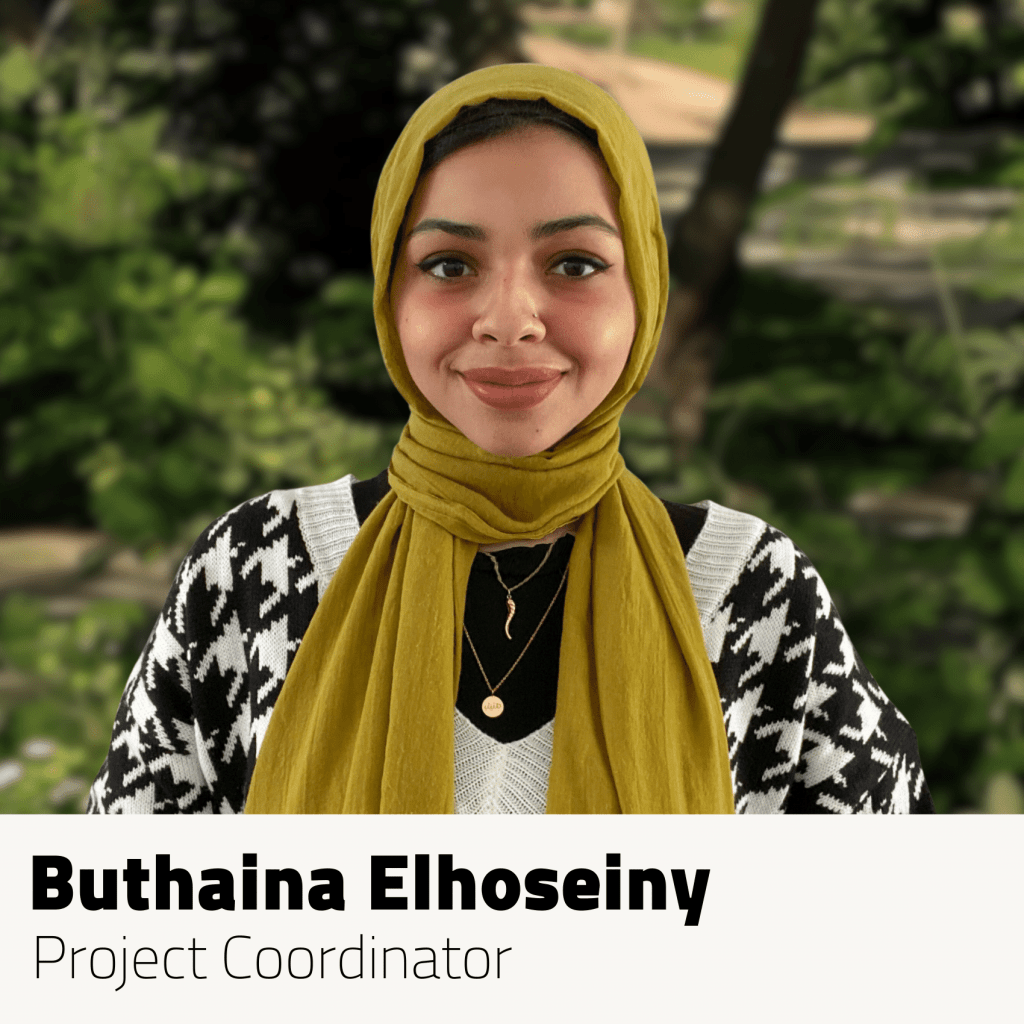
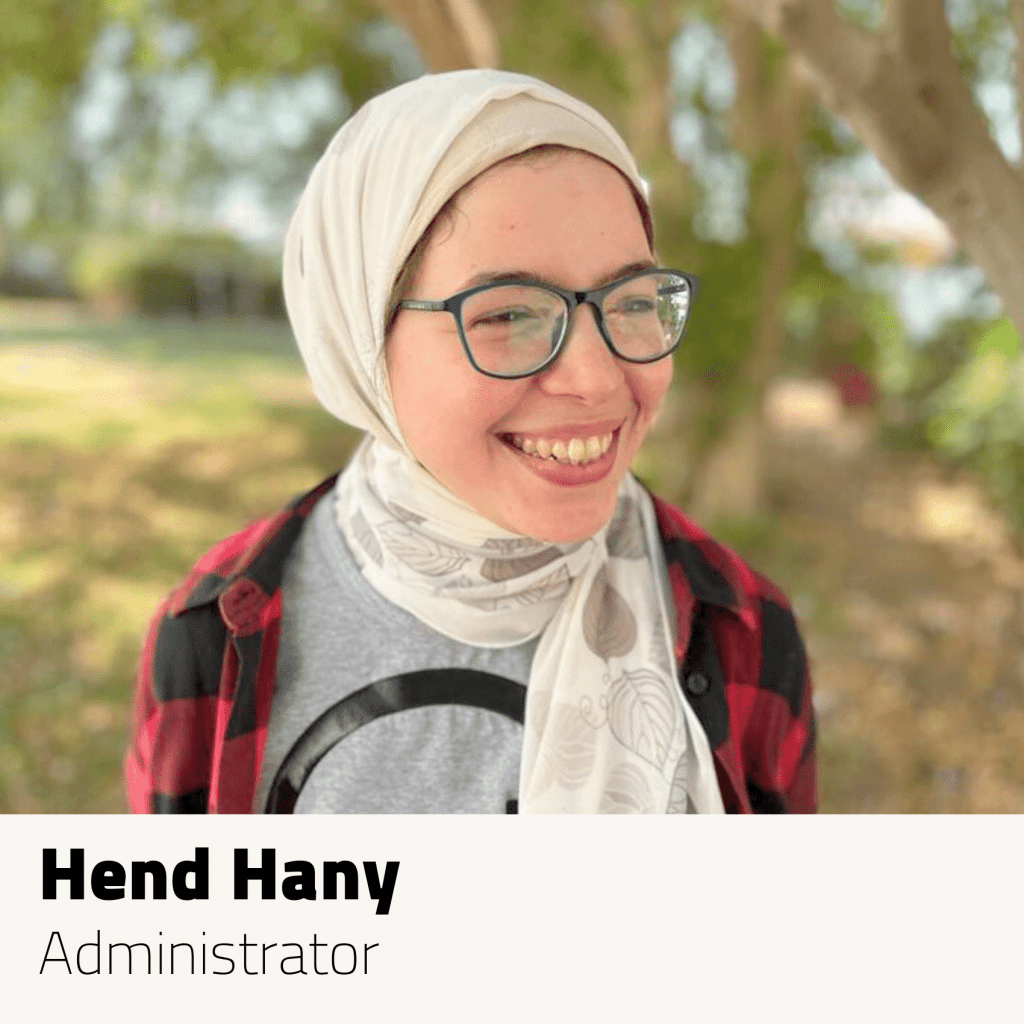
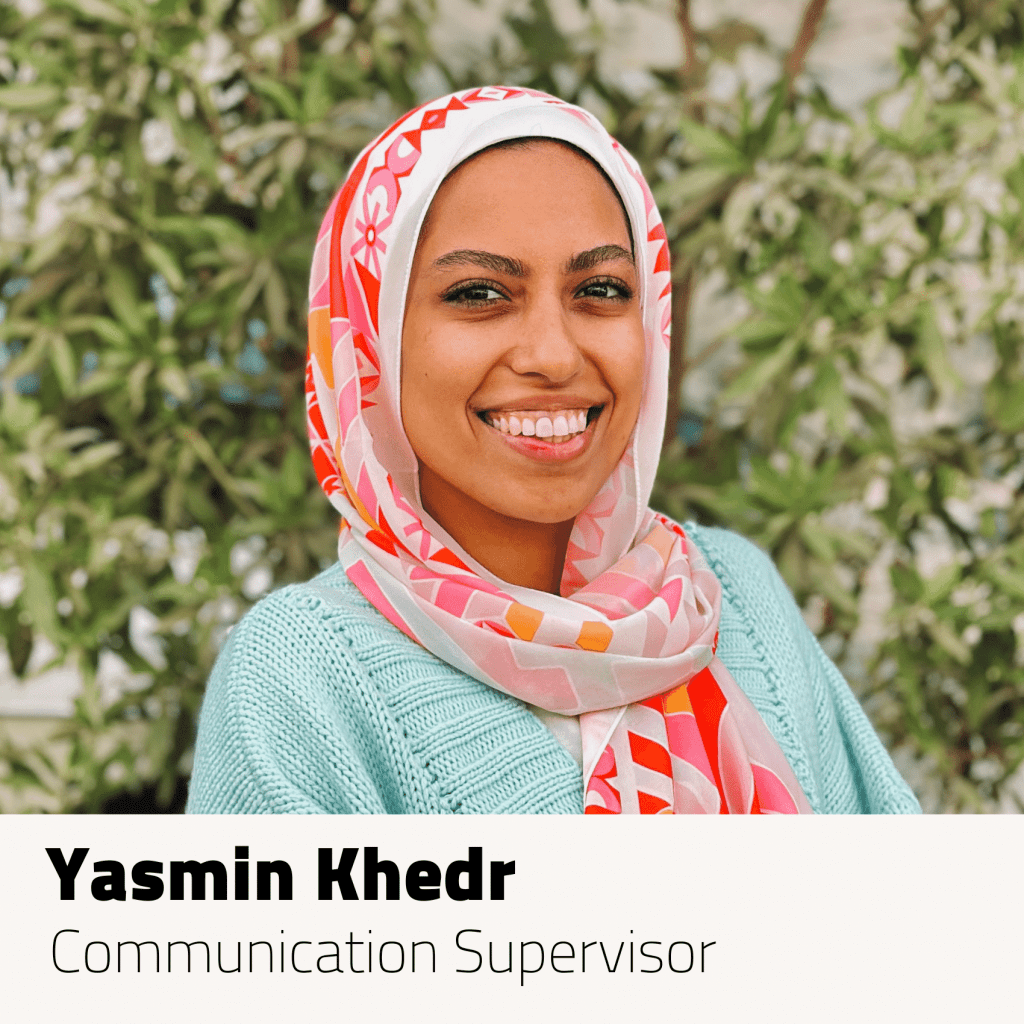

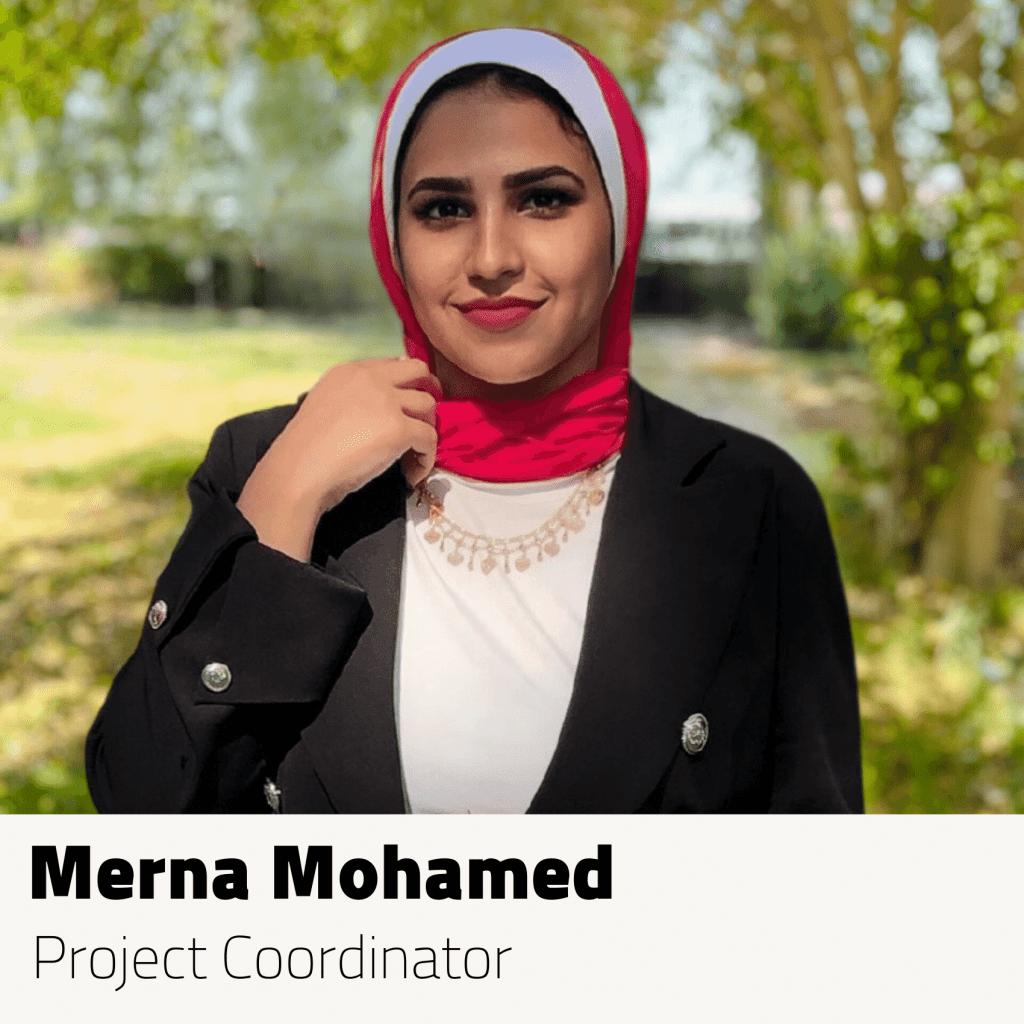
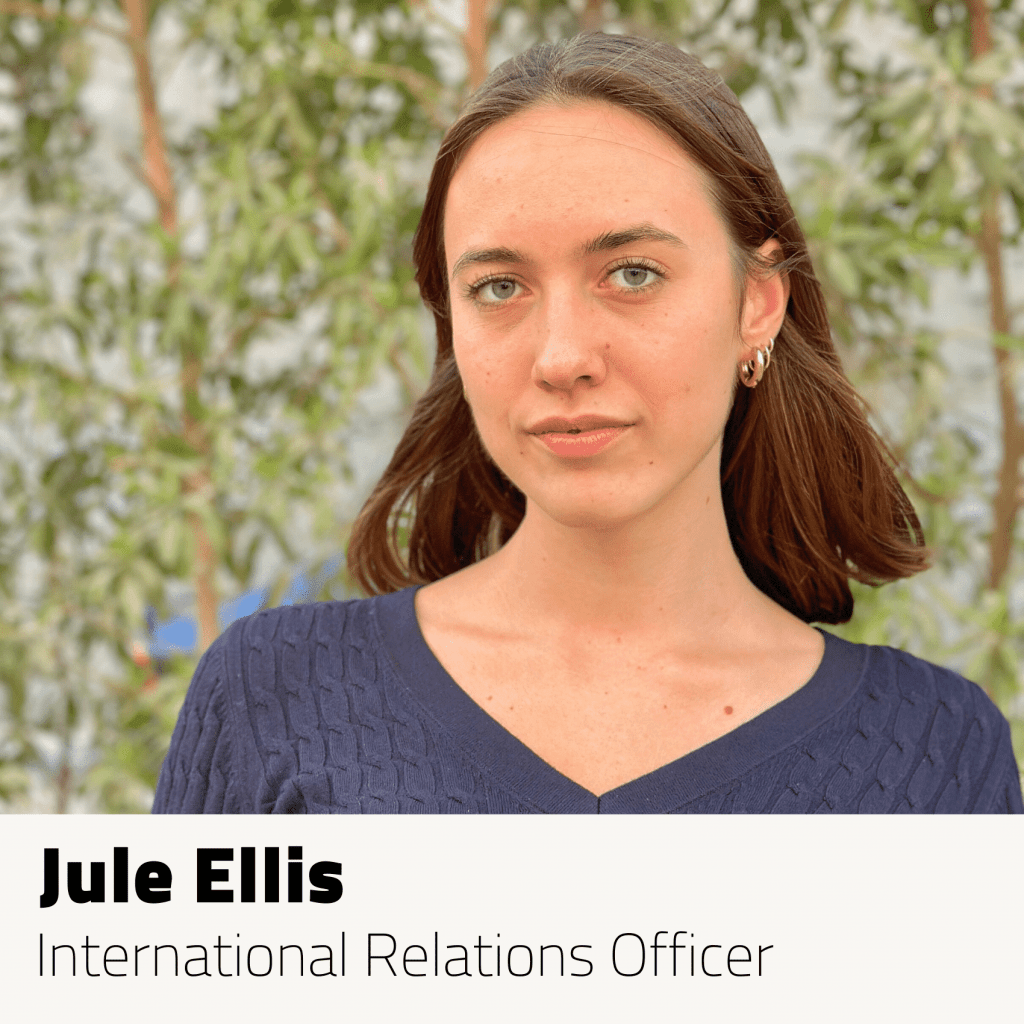
Board of Directors
The board of directors oversees and guides the organization to enhance operations, ensuring legality, prioritizing stakeholders and appointing the executive leadership team. Independent from daily management, they address important company matters.
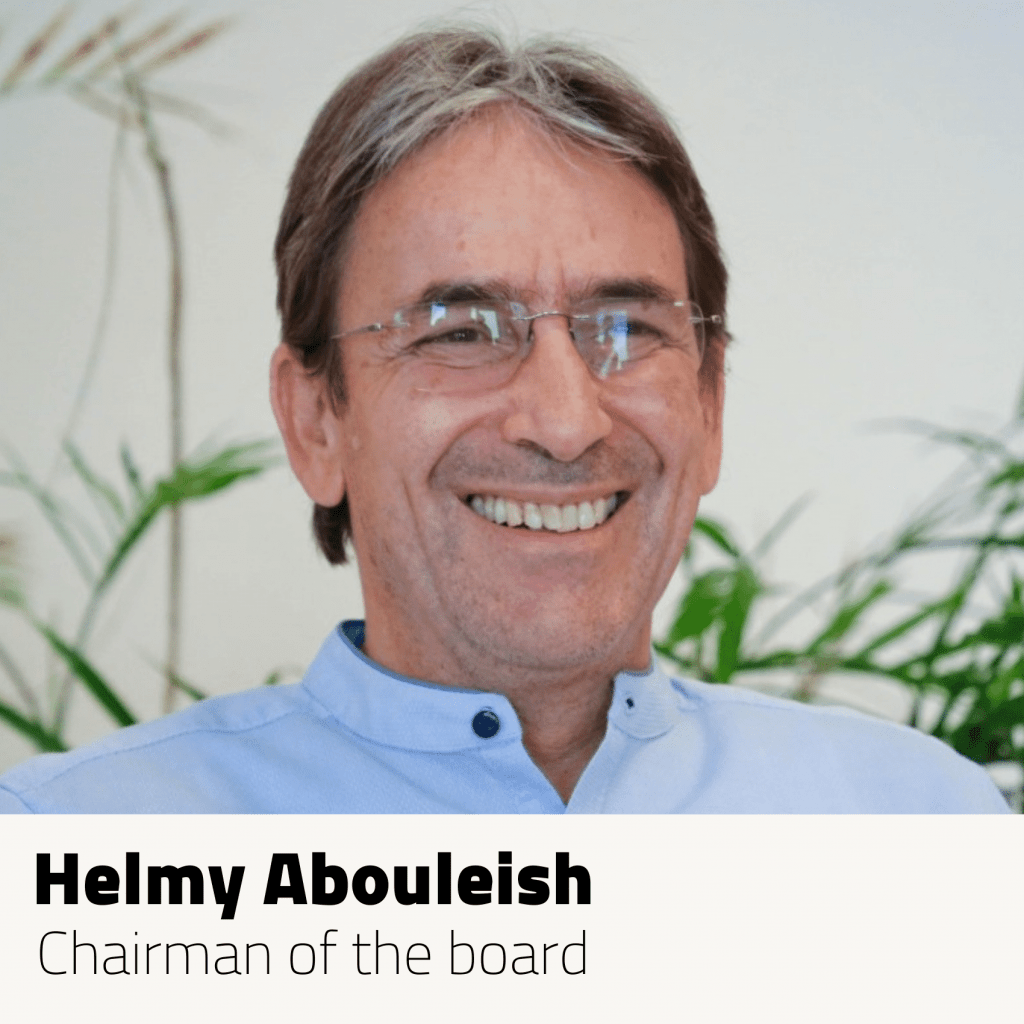
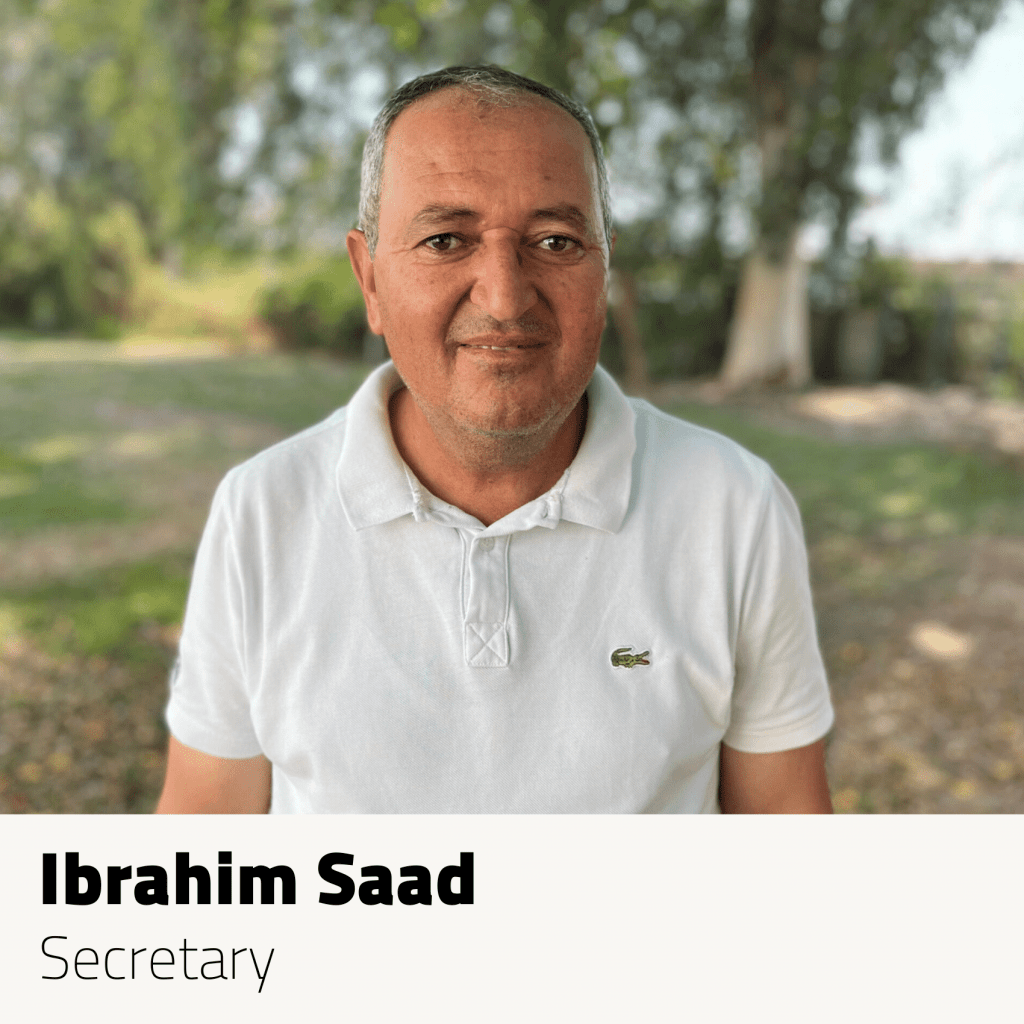
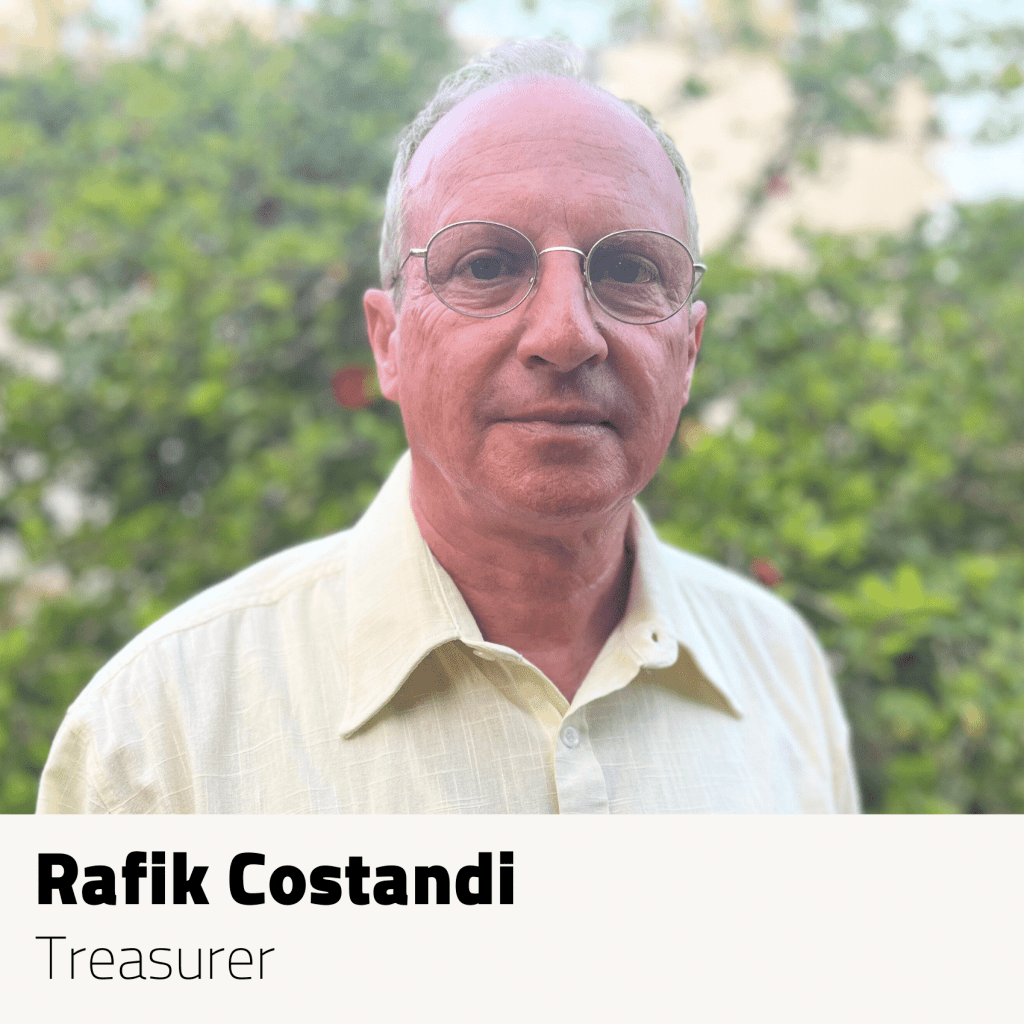
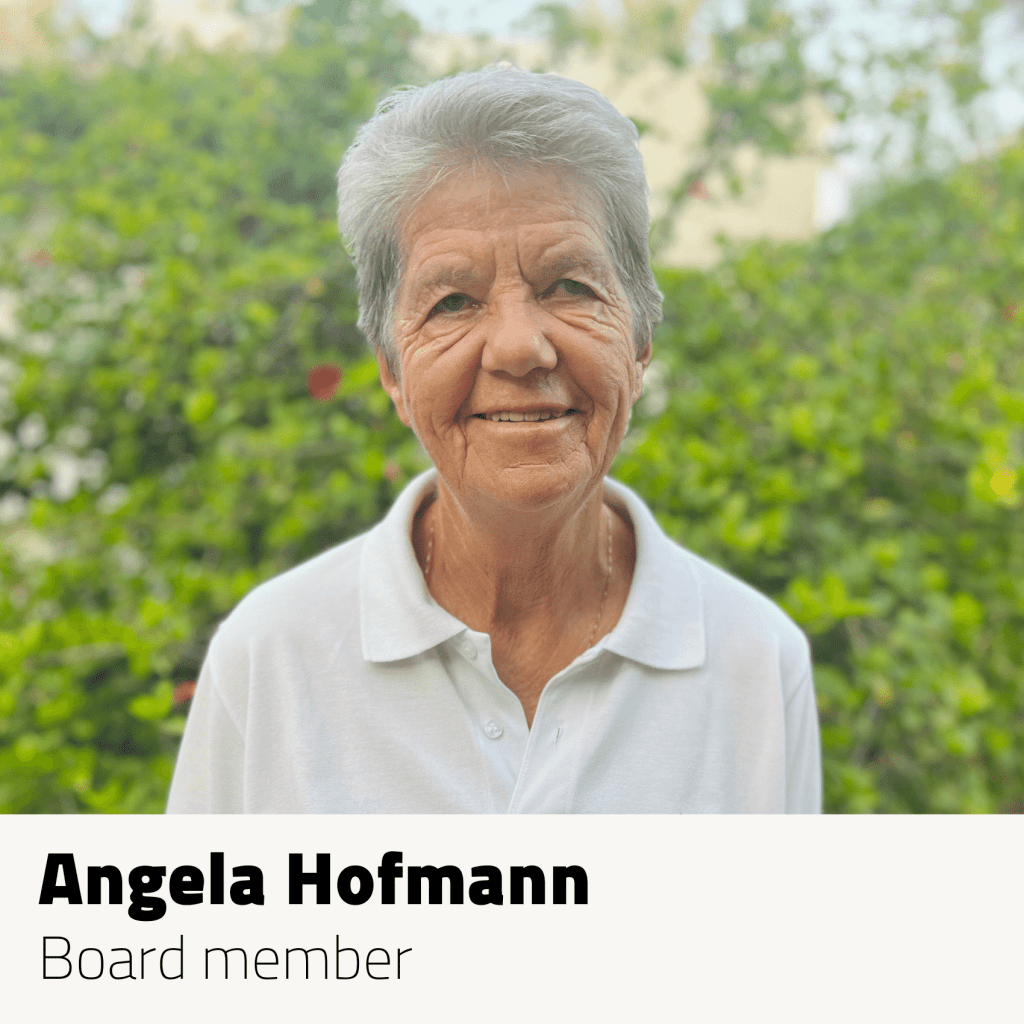
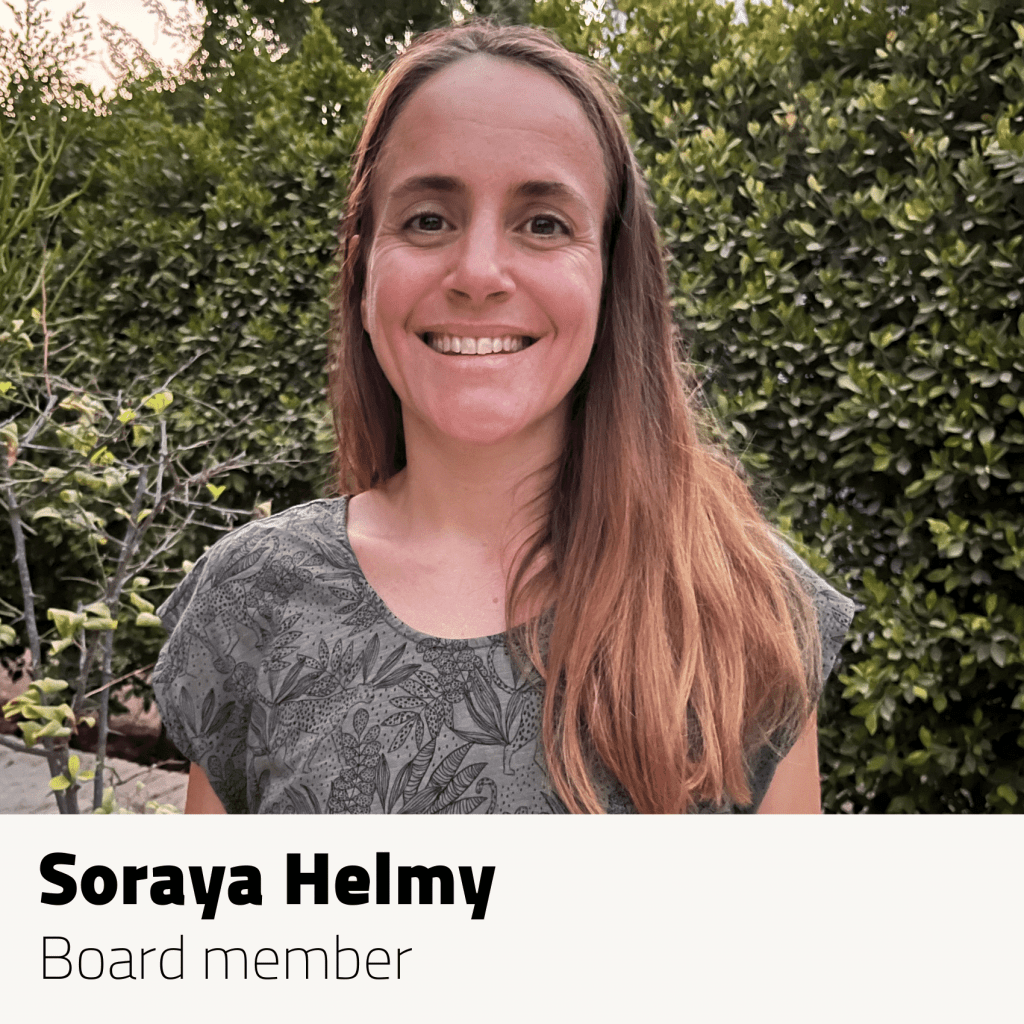
Technical Advisory Committee
The TAC, an independent group of technical experts affiliated with Economy of Love, provides transparent and credible expert guidance to uphold the credibility and environmental integrity of our standards project activities for sustainable development.
It oversees project registration, credit issuance, and methodology endorsement, continuously improving and adapting EoL’s regulations to meet market and stakeholder demands in both Compliance and Voluntary Markets. Additionally, the TAC manages potential expansions of EoL’s scope, subject to Board approval.
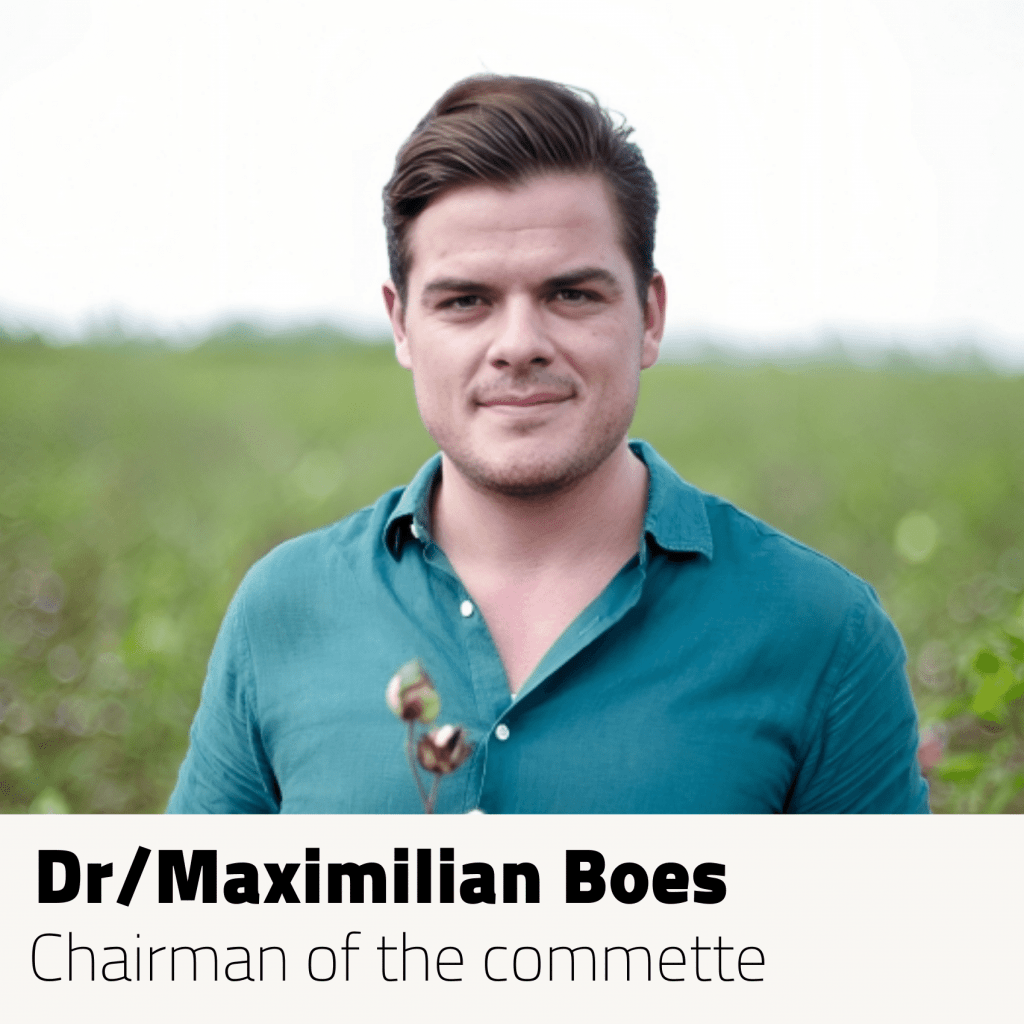
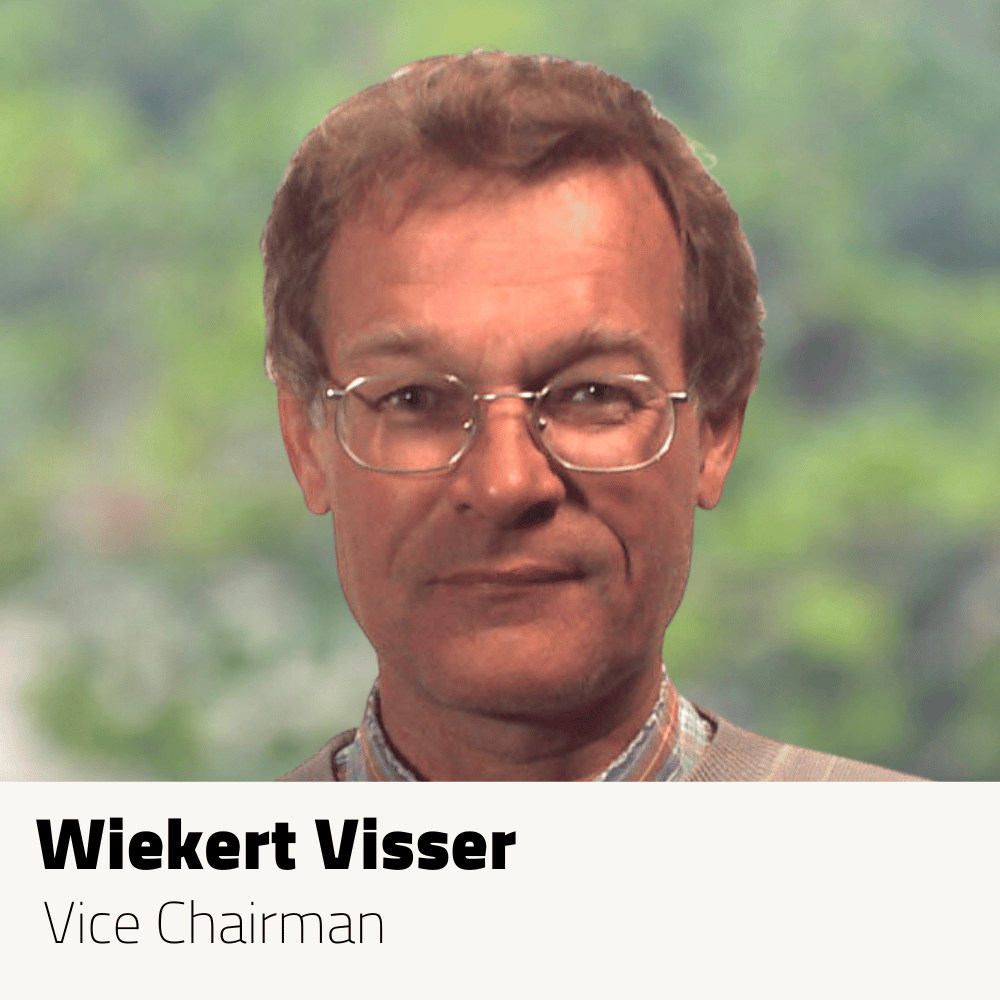
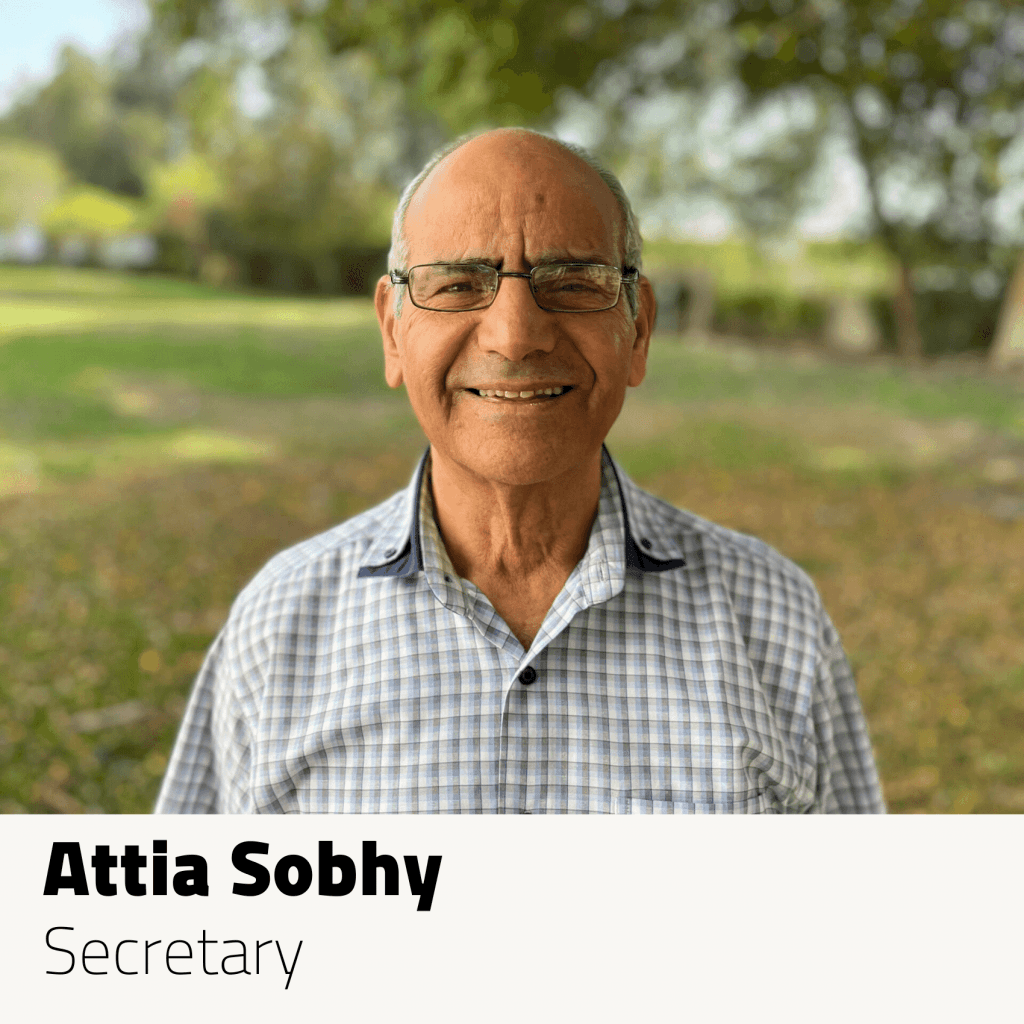

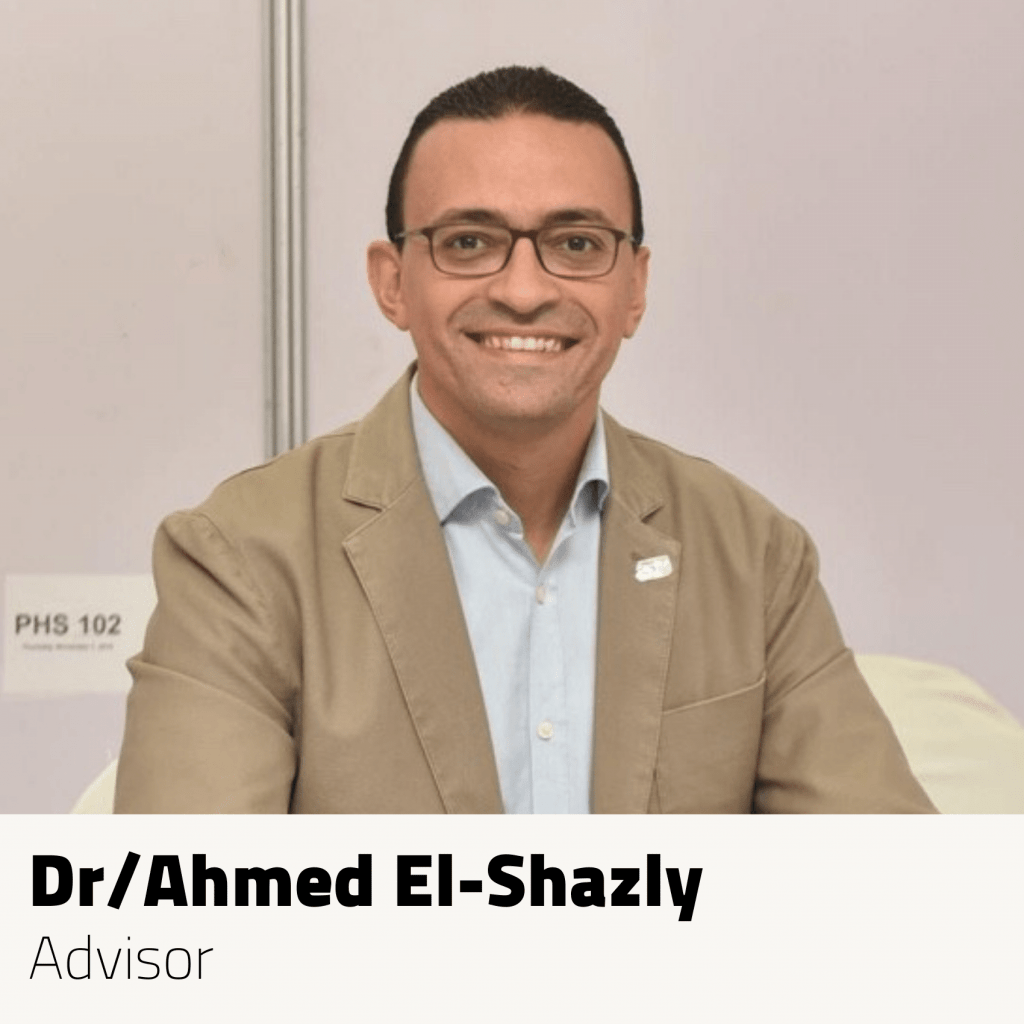
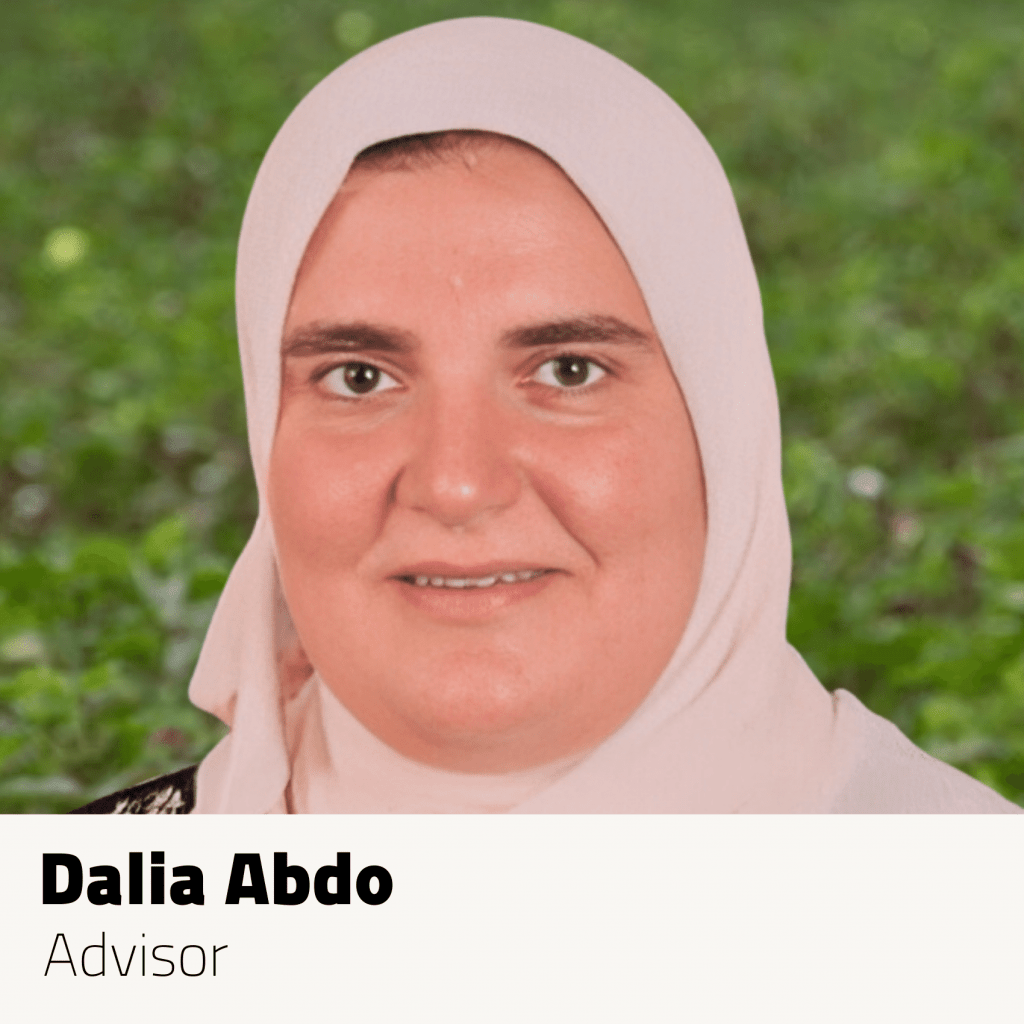
Know more about the EoL-certified farms on the Registry
| Farm Name | Governerate | Certificate Number | Total CC produced until 2023 | project links |
| al assal | Fayoum | COAE/ EG 431 | 436 | https://economyoflove.net/al-assal/ |
| El Gazera | Fayoum | COAE/ EG 429 | 381.7 | https://economyoflove.net/el-ghazira/ |
| el baraka | Sohag | COAE/ EG 200 | 193.6 | https://economyoflove.net/el-baraka/ |
| el metwaly | Fayoum | COAE/ EG 292 | 224.4 | https://economyoflove.net/el-metwaly/ |
| soliman dawood | Fayoum | COAE/ EG 193 | 96 | https://economyoflove.net/soliman-dawood/ |
| Abu Hamad 4 | Fayoum | COAE/ EG 430 | 1063 | https://economyoflove.net/abu-hamad/ |
| Mashhour | Fayoum | COAE/ EG 250 | 478.5 | https://economyoflove.net/mashhor/ |
| El-Feky | Fayoum | COAE/ EG686 013 | 501 | https://economyoflove.net/el-feky/ |
| El Manashee | Fayoum | COAE/ EG432 020 | 378.9 | https://economyoflove.net/el-manashee/ |
| Mahmoud Rabia | Fayoum | COAE/ EG836 021 | 317.9 | https://economyoflove.net/mahmoud-rabia/ |
| Eraky | Fayoum | COAE/ EG488 022 | 504 | https://economyoflove.net/eraky/ |
| Saft | Beni Suief | COAE/ EG660 074 | 145.4 | https://economyoflove.net/saft/ |
| Somosta | Beni Suief | COAE/ EG645 075 | 164.6 | https://economyoflove.net/soomosta/ |
| El-Mostashar | Beni Suief | COAE/ EG672 076 | 124.3 | https://economyoflove.net/el-mostashar/ |
| El-Gazerah | Giza | COAE/ EG625 077 | 167 | https://economyoflove.net/el-gazerah/ |
| Abdalah Saad 1 | Giza | COAE/ EG521 078 | 80.8 | https://economyoflove.net/abdalah-saad-1/ |
| Mandisha | Wahat Bahareia | COAE/ EG48 079 | 217.6 | https://economyoflove.net/mandisha/ |
| El-Rahma | Wahat Bahareia | COAE/ EG458 080 | 178.1 | https://economyoflove.net/el-rahma/ |
| El Sedek | Damietta | COAE/ EG570 081 | 2485 | https://economyoflove.net/el-sedek/ |
| El Zahween | kallubia | COAE/ EG696 082 | 119.6 | https://economyoflove.net/el-zahween/ |
| Al Ghaiash | kafr el sheikh | COAE/ EG448 083 | 818.2 | https://economyoflove.net/al-ghaiash/ |
| El Wady Al Asuti | Asuit | COAE/ EG221 024 | 270.3 | https://economyoflove.net/el-wady-al-asuti/ |
| El Wady Al Asuti 1 | Asuit | COAE/ EG438 025 | 161.4 | https://economyoflove.net/el-wady-al-asuti-1/ |
| osman | Asuit | COAE/ EG783 028 | 80.4 | https://economyoflove.net/osman/ |
| Abdel Ghaffar | Asuit | COAE/ EG440 029 | 534.7 | https://economyoflove.net/abdel-ghaffar/ |
| Manfalout | Asuit | COAE/ EG442 030 | 444.6 | https://economyoflove.net/manfalout/ |
| Bani Oday | Asuit | COAE/ EG441 031 | 500.3 | https://economyoflove.net/bani-oday/ |
| Basateen Aswan | Aswan | COAE/ EG446 032 | 965.7 | https://economyoflove.net/basateen-aswan/ |
| Abdel-Sabour | Aswan | COAE/ EG64 034 | 707.2 | https://economyoflove.net/abdel-sabour/ |
| Abdel Maksoud | Qena | COAE-AB-MAKSOD-EG445- 035 | 302.7 | https://economyoflove.net/abdel-maksod/ |
| El Fangary | Qena | COAE-ELFANGARY-EG444 036 | 312.7 | https://economyoflove.net/el-fangary/ |
| Ismailia | Ismaelia | COAE-ISMAILIA-EG361-037 | 146.6 | https://economyoflove.net/ismailia/ |
| El Baramawy | Ismaelia | COAE-ELBARAMAWY- EG428-038 | 64.4 | https://economyoflove.net/el-baramawy/ |
| El Shirka El Dawlia | Ismaelia | COAE-ELSH-ELDAWLIA- EG427-039 | 94.5 | https://economyoflove.net/el-shirka-el-dawlia/ |
| Mohamed Raslan | Monofia | COAE-MOH-RASLAN- EG410-040 | 206.7 | https://economyoflove.net/mohamed-raslan/ |
| Tawfik Raslan | Monofia | COAE-TAWFIKRASLAN EG817-041 | 247 | https://economyoflove.net/tawfik-raslan/ |
| Abou-Hendawy | Sharkia | COAE-ABouHENDAwY- EG500-023 | 221.6 | https://economyoflove.net/abou-hendawy/ |
| Shlakam | Minia | COAE-SHOULKAM-EG435- 042 | 313.4 | https://economyoflove.net/shoulkam/ |
| Abdalah | Minia | COAE-ABDALAH-EG630-043 | 159.5 | https://economyoflove.net/abdalah/ |
| El-Rouby | Minia | COAE-ELROUBY-EG 622-044 | 222.9 | https://economyoflove.net/el-rouby/ |
| Hassan | Minia | COAE-HASSAN-EG 631-045 | 121.4 | https://economyoflove.net/hassan/ |
| salah | Minia | COAE/ EG434 047 | 185.8 | https://economyoflove.net/salah/ |
| Abdel- Azeem 2 | Minia | COAE/ EG852 048 | 113.6 | https://economyoflove.net/abdel-azeem-2/ |
| EWEES | Minia | COAE/ EG580 049 | 632.6 | https://economyoflove.net/ewees/ |
| ASHNY | Minia | COAE/ EG437 050 | 22.6 | https://economyoflove.net/ashny/ |
| Wady El Zaton | Minia | COAE/ EG436 051 | 399.2 | https://economyoflove.net/wady-el-zaton/ |
| Abo-El-Reish | Behera | COAE-ABOELREISH-EG744- 052 | 534.1 | https://economyoflove.net/abo-el-reish/ |
| Abou-Khateeb | Behera | COAE-ABOUKHATEEB EG266-053 | 581.3 | https://economyoflove.net/abou-khateeb/ |
| Abou Seada | Behera | COAE-ABOUSEADA-EG426- 054 | 417.6 | https://economyoflove.net/abou-seada/ |
| Abou-Madawy | Behera | COAE-ABUMADAWY-EG308- 055 | 935.8 | https://economyoflove.net/abou-madawy/ |
| Abou Moter | Behera | COAE-ABOUMOTER-EG423- 056 | 418.2 | https://economyoflove.net/abou-moter/ |
| El-Bialy | Behera | COAE-ELBIALY-EG739-057 | 371 | https://economyoflove.net/el-bialy/ |
| El Gazera 2 | Behera | COAE-ELGAZERA2-EG420 058 | 405 | https://economyoflove.net/el-gazera-2/ |
| El-Hager | Behera | COAE-ELHAGER-EG686- 059 | 650.2 | https://economyoflove.net/el-hager/ |
| El Zahir | Behera | COAE-ELZAHIR-EG425-060 | 286.3 | https://economyoflove.net/el-zahir/ |
| El-Oroba | Behera | COAE-ELOROBA-EG163-061 | 157.3 | https://economyoflove.net/el-oroba/ |
| El-Askary | Behera | COAE-ELASKARY-EG 736- 062 | 140.5 | https://economyoflove.net/el-askary/ |
| El-Moghazy | Behera | COAE-ELMAGHAZY-EG691- 063 | 177.1 | https://economyoflove.net/el-moghazy/ |
| Badr | Behera | COAE-BADR-EG690-064 | 219.8 | https://economyoflove.net/badr/ |
| Tadros | Behera | COAE-TADROS-EG152-065 | 303.8 | https://economyoflove.net/tadros/ |
| Sallam | Behera | COAE-SALAAM-EG8 18-066 | 332.7 | https://economyoflove.net/sallam/ |
| Tolba Shaheen | Behera | COAE-TOLBASHAHEEN EG421-067 | 336.3 | https://economyoflove.net/tolba-shaheen/ |
| Abdul Fadil | Behera | COAE-ABDELFADEL-EG422 068 | 469.7 | https://economyoflove.net/abdul-fadil/ |
| Awad | Behera | COAE-AWAD-EG738-069 | 115.9 | https://economyoflove.net/awad/ |
| Mobarak El-Sayad | Behera | COAE-SAYAD-EG684-070 | 1236.5 | https://economyoflove.net/mobarak-el-sayad/ |
| Maarouf | Behera | COAE-MAAROUF-EG 689 071 | 208.7 | https://economyoflove.net/maarouf/ |
| Mekled | Behera | COAE-MEKLED-EG 688-072 | 618 | https://economyoflove.net/mekled/ |
| El Tahan | Behera | COAE-ELTAHAN-EG688-073 | 287.7 | https://economyoflove.net/el-tahan/ |
| Sekem(sinai) | Sinai | COAE- SEK-SINAI-EG751 -010 | 2392 | https://economyoflove.net/sekem-sinai/ |
| Sekem (Minia) | Minia | COAE- SEK-MINYA-EG752 -009 | 596 | https://economyoflove.net/sekem-minya/ |
| Ayman | Sharqia | COAE-AYMAN-EG1100-072 | 115.99 | https://economyoflove.net/ayman/ |
| Ayoub | Sharqia | COAE-AYOUB-EG1098-070 | 293.77 | https://economyoflove.net/ayoub/ |
| EL- Hadary | Sharqia | COAE-ELHADARY-EG1108-080 | 13.99 | https://economyoflove.net/el-hadary/ |
| El-Aasar | Sharqia | COAE-ELASAR-EG1103-075 | 51.73 | https://economyoflove.net/el-aasar/ |
| El-Hassan | Sharqia | COAE-ELHASSAN-EG1095-067 | 43.58 | https://economyoflove.net/el-hassan/ |
| El-Masry | Sharqia | COAE-ELMASRY-EG1102-074 | 32.1 | https://economyoflove.net/el-masry/ |
| El-Neis | Sharqia | COAE-ELNEIS-EG1111-083 | 21.49 | https://economyoflove.net/el-neis/ |
| El-Rahman | Sharqia | COAE-ELRAHMAN-EG1106-078 | 21.72 | https://economyoflove.net/el-rahman/ |
| El-Reda | Sharqia | COAE-ELREDA-EG1110-082 | 25.86 | https://economyoflove.net/el-reda/ |
| El-Sayed Fekry | Sharqia | COAE-ELSAYEDFEKRY-EG1104-076 | 37.41 | https://economyoflove.net/el-sayed-fekry/ |
| El-Shorbagy | Sharqia | COAE-ELSHORBAGY-EG1101-073 | 174.71 | https://economyoflove.net/el-shorbagy/ |
| Gelfina | Sharqia | COAE-GELFINA-EG1107-079 | 90.85 | https://economyoflove.net/gelfina/ |
| Karama | Sharqia | COAE-KARAMA-EG1099-071 | 104.98 | https://economyoflove.net/karama/ |
| Khalil | Sharqia | COAE-KHALIL-EG1094-066 | 53.4 | https://economyoflove.net/khalil/ |
| Mahmoud | Sharqia | COAE-MAHMOUD-EG1097-069 | 25.47 | https://economyoflove.net/mahmoud-2/ |
| Mosalam | Sharqia | COAE-MOSALAM-EG1109-081 | 46.93 | https://economyoflove.net/mosalam/ |
| Om El-Nour | Sharqia | COAE-OMELNOUR-EG1093-065 | 73.04 | https://economyoflove.net/om-el-nour/ |
| Reda Mohamed | Sharqia | COAE-REDAMOHAMED-EG1105-077 | 37.14 | https://economyoflove.net/reda-mohamed-2/ |
| Taha | Sharqia | COAE-TAHA-EG1096-068 | 31.3 | https://economyoflove.net/taha/ |
| Company name | Location | impacTrace link |
| Sekem | Egypt | https://economyoflove.net/sekem-products/ |
| Lotus | Egypt | https://economyoflove.net/lotus-product-page/ |
| OGLAND | Sweden | https://economyoflove.net/ogland-products/ |
| NatureTex | Egypt | https://economyoflove.net/naturetex-products/ |
| Agrosourcing | France | https://economyoflove.net/agro-sourcing-products/ |
| Lubs | Germany | https://economyoflove.net/products/lubs-dates/ |
Answers to our most commonly asked question:
Biodynamic farming is a holistic, ecological, and ethical approach to farming, gardening, food, and nutrition. Biodynamics is rooted in the work of philosopher and scientist Dr. Rudolf Steiner (1861–1925), whose lectures to farmers in 1924 opened a new way to integrate scientific understanding with a recognition of spirit in nature. Biodynamics has continued to develop and evolve since the 1920s through the collaboration of many farmers and researchers. Around the world, biodynamics is alive in thousands of thriving gardens, farms, vineyards, ranches, and orchards. The principles and practices of biodynamics can be applied anywhere food is grown, with thoughtful adaptation to scale, landscape, climate, and culture.
Biodynamic agriculture stands for farmers who are striving for health and resilience on their farms, who nourish the soil, protect the environment, respect the well-being of their animals and produce nutrient dense food. It stands for those who value and respect their ingredients, treating them with care, tradition and time to create nutritious food. Biodynamic farming aims for regeneration at all levels to create living contexts and communities in which we can all thrive. Biodynamic farmers practice organic methods of production, and share very similar certification standards. Both also share similar aims and ideals, but biodynamics has metaphysical and spiritual roots that organics may not.
Demeter is the trademark for Biodynamic farming methods.
The organic agricultural standard is a set of requirements that must be verified by an accredited certifying agent before products can be labeled organic. The Demeter Standard is the strictest standard for organic agriculture worldwide. It is stricter than Bioland farming, SKAL, Bio and other organic certifications, requiring the creation and management of a closed system minimally dependent on external inputs. include stricter requirements for soil fertility, crop rotation, composting, pest control, and animal husbandry.
The Egyptian Biodynamic Association (EBDA) is an independent farmer association that has been promoting sustainable, regenerative and biodynamic agriculture since 1994. The EBDA mainly works on:
- Improving knowledge and capabilities of any stakeholder interested in biodynamic/ organic agriculture in a way that nurtures personal development, independence and innovation.
- To develop innovative solutions for producers through interdisciplinary and action-oriented approaches.
- To provide high-quality technical, administrative and regulatory support to farmers in every step of the production process.
- To provide marketing opportunities and facilitate access with potential buyers from national and international markets, guaranteeing the mutual benefit and respect of all parties, particularly primary producers through eliminating middlemen and buying their products at an optimum price.
- Capacity building & training programs
- Consultancy in organic & biodynamic and EoL farming agricultural practices
- National and international networking between stakeholders of the organic and biodynamic sector
- Hosting organic, EoL awareness-raising events and campaigns
- Providing market access for organic, EoL raw materials
- Development and dissemination of organic, EoL knowledge material
- Development and distribution of organic inputs like seeds, fertilizers, pest control, predators etc.
- Providing administrative support for national and International certifications.
The Economy of Love standard initiated the EoL Fund to support smallholder farmers through the EoL Fund which is enabling farmers to receive a financial support by the Egyptian Biodynamic Association during the first transition period. Smallholder farmers will also have the opportunity to receive further financial support by Microcredits that for example cover investments in renewable energy (Further information in 10 d).
- Economy of Love (‘EoL’) is a certification standard for sustainable, ethical and transparent products throughout the supply chain. We believe that through a transparent economic system, responsible consumers and producers can actively protect nature, and ensure that every person across the supply chain is fairly compensated and protected from exploitation. EoL is also a community of companies, farms, and consumers working to create an economy based on respect, and compassion towards people and nature. EoL was initiated by the EBDA, to support sustainable farmers, companies, and consumers. In order to reward regenerative farmers for their ecosystem services, we have recently included a comprehensive carbon credit scheme into the EoL standard. Now, EoL farmers are able to get financially rewarded through Carbon Credits, if they are proven to apply the required regulations.
EoL Core Values
- Love: Doing everything with love and care.
- Fairness: Protecting the rights and dignity of every individual.
- Collaboration: Building local and global communities that work together for a positive impact.
- Responsibility: Taking responsibility for one’s decisions.
- Transparency: Communicating stories of people and goods as well as successes and failures.
What does the Logo represent?
Wheel of Balance
The circles blend together to create a flower that symbolizes the interconnectedness of all dimensions of sustainability; truly regenerative transformations can not work with the change of only one dimension. When the four dimensions are developed together in balance they create a positive and colorful ripple effect that leads to a holistic transformation. This is only done through a collaborative effort of different people putting love and care into their economic activities, who are mindful of their responsibility towards creating a fair and empowering economy.
Each color represents one of the sustainability dimensions that merge together creating one colorful whole.
1 | Society | 3 | Environment |
The protection of each individual’s rights. | Protection and regeneration of nature, and the promotion of biodiversity and life on earth. | ||
2 | Economy | 4 | Culture |
The promotion of an economy that accounts for externalized costs and is both profitable and fair. | Support for individual development to enable personal potential unfolding. | ||
List of Key Stakeholders
Direct Stakeholders
- Certification, Verification, Validation Bodies
The certification bodies are independent third parties that conduct audits and due diligence on the applying companies and their value chain to verify and validate and subsequently grant them the certification based on the criteria communicated by Economy of Love. Currently, the Center of Organic Agriculture in Egypt (COAE) is working with EoL. The presence of more of such certification bodies is essential for the implementation and growth of Economy of Love.
- Agent for Monitoring and Reporting of Environmental data Monitoring and publications of Project Design Documents (PDDs) is covered by the Carbon Footprint Center (CFC)
- Certified, Verified & Validated EoL Licensees
The farmers and entities who have applied for the Economy of Love certification and Carbon Credits, are either in transition to be certified, after being Verified & Validated, or have already successfully gone through the process. These entities can be largely independent farms, processors, or distribution companies.
- End Product Consumers
The end-consumers are at the end of the value chain, and they generate the market demand for a product. The Economy of Love label also serves the end-consumers’ demand for more sustainable, transparent, and ethical products. Therefore end consumers are considered a second driver of the certification and are key demand drivers for it.
- Buyers of EoL Carbon Credits
Individuals or companies buying the carbon credits from regenerative, biodynamic agriculture that have been generated, verified and validated on an EoL certified farm. The buyers are directly linked to the Economy of Love carbon Registry platform and transfer their payments through the Egyptian Biodynamic Association (owning the EoL standard).
- Technology Provider
Tech providers supplying platform and IT solutions to EBDA should be able to provide access to new technologies appropriate for MRV use with smallholder farmers, and for regenerative transformation processes.
Indirect Stakeholders
- Prospects
Companies who might be interested in applying for the certification. This group can be further split into two categories.
- Cooperation and Supporting Partners of Economy of Love
EoL’s partners are organizations that actively support or consult Economy of Love and/or promote it as a new certification standard.
- Associations
Associations are the entities that support farms and companies in implementing measures and criteria that the Economy of Love certification requires such as training on biodynamic agriculture. These associations also support promoting the new certification (further explained in Q34).
- Economy of Love Network
The Economy of Love network is made up of all interested parties such as companies or organizations of all sizes that value sustainability but are not necessarily certified, as well as associations and NGOs or individuals that share the values of EoL. The network exists to spread the ideas behind the Economy of Love and support companies in becoming more sustainable.
- Accreditation Bodies
Accreditation bodies are national or international entities that accredit certification bodies (ex. EU Organic). The accreditation establishes credibility and trust towards the accredited certification bodies, thus they are considered an essential stakeholder of Economy of Love.
- Governmental and Regulatory Bodies
Governmental and regulatory bodies are also considered stakeholders of EoL since they can influence the regulations and implementation of the certification and its standards. These bodies are also potential strategic partners of EoL.
- Financial supporters for trees
Companies or individuals aiming to support EoL with the plantation of trees.
- Financial supporters for bees
Companies or individuals aiming to support EoL with beehives installation.
The Economy of Love Standard was inspired by the SEKEM initiative and developed by the EBDA. Although the concept of EoL was developed by Sekem, the EBDA as an independent non profit organization is the developer and owner of the standard.
After the passing of Dr. Ibrahim Abouleish, SEKEM founder, the community of SEKEM formulated a new vision for SEKEM’s upcoming 40 years until 2057. One of the Vision Goals is called “Economy of Love”. The way SEKEM was always integrating not just economical values but also social, cultural and environmental, the initiative now aims to not further grow its companies, farms and social institutions but rather transport the values that are lived and proofed in SEKEM since 40+ years to other companies, farms and initiatives around SEKEM and the globe.
The Economy of Love (EoL) standard was developed and established by the Egyptian Biodynamic Association (EBDA). The EBDA is legally the standard owner and compliant with DIN ISO/IEC 17067:2013.
The EBDA also known as Demeter Egypt is an independent farmers’ association (owned by the member farmers), officially registered as an NGO with the Ministry of Social Affairs in Egypt, with the listed registration number: 336. EBDA. As the largest Egyptian organic/biodynamic farmers association, EBDA is also a member of the Biodynamic Federation Demeter International (BFDI), IFOAM International, and the Cool Farm Alliance. The EBDA is in charge of the “Demeter” trademark and is thus authorized by the BFDI to manage the name and brand in Egypt. The EoL standard was designed as a product and supply chain certification system in 2019. In 2021 the EoL standard was further developed by the EBDA including the assessment and calculation of carbon reduction and avoidance projects on member farms, complying to the EoL standard criteria. The EoL standard provides governance, certification criteria, an online platform for carbon credit tracing and a carbon credit register for its licensed verified and validated carbon farmers.
The EBDA is an independent body, owning and running the EoL certification scheme. The EoL scheme enables certified, verified and validated licensees to receive CO2 certificates by an authorized certification body. These CO2 certificates are sold on the international voluntary carbon market. With engaging in the market of voluntary carbon credits from regenerative farms, EBDA is seeking to engage more farmers in regenerative sustainable farming practices and mainstream sustainable farming in the north African region. Through the holistic certification standard of EoL, the EBDA is able to offer high-quality and holistic carbon credits that can be used for offsetting purposes.
The governance structure of the EBDA is designed to ensure that the association is accountable to its members and operates in the best interests of its constituency. The governance ensures that the association is well-positioned to support the needs and interests of regenerative and sustainable farmers, committing to apply climate friendly farming practices, and advocate for policies that benefit the broader agricultural sector in Egypt.
Governance Overview
EBDA Board of Directors (elected by farming members)
- Elected by the EBDA members.
- Non-executive.
- Responsible for setting the strategic direction of the EBDA and EoL.
- Establishes the major initiatives and programs, as well as approving the annual budget of the EBDA.
Executive Director of EBDA
- Appointed by the Board of Directors.
- Responsible for the management and execution of EBDA’s activities.
- Responsible for the day-to-day operations and ensuring the association meets its established goals.
EBDA Advisory Council
- Composed of experts from the agricultural sector
- Dr. Saber Fayez, Dr. Abdallah Koraim, Dr. Hassan Abou Bakr, Mr. Rienk ter Braake, Dr. Yousri Hashem
- Responsible for providing guidance to the Board of Directors on technical matters related to the association’s activities.
EBDA Committees
- Composed of members of the association.
- EBDA membership in the association is typically open to all farmers who meet the eligibility criteria, such as being engaged in regenerative, organic, biodynamic agricultural production or processing such raw material. Members have the opportunity to participate in decision-making processes through voting or other means, such as providing input to committees or attending general meetings.
- The following EBDA committees are responsible for providing advice
- Standard Committee
- Membership Committee
- Audit & Risk Committee
- Training & Education Committee
- Research & Development Committee
- Marketing & Lobby Committee
- Serve as a platform for members to actively participate in the activities of the association.
Applying the EoL standard on farms contributes to carbon sequestration and enables farmers to avoid methane and CO2 emissions. EoL is supporting the process of calculating the individual farm footprint and values these ecosystem services in the form of carbon credits. With the regenerative agricultural methods of biodynamics, the EoL Standard is committed to actively increasing carbon sequestration through afforestation projects as well as building up soil carbon content and promoting CO2 equivalent avoidance through compost production, and the implementation of renewable energy on EoL licensee farms.
Through EoL carbon credits, we are able to value the high environmental service of Egyptian farmers and provide an additional income through the sale of their carbon credit certificates.
The sales process is handled by the not for profit organization EBDA. The EoL carbon credits are sold via the online shop or individually to companies, mostly in Europe. The EoL Carbon Credit Certificates (CC) are owned by the farmers after issuance of Validation and Verification Body (VVB). The EBDA is offering the farmer to sell the issued CC on the EoL Carbon Registry. The EoL registry system is the central store of data on all registered EoL projects, and tracks all credits issued, assigned and canceled. The social and environmental co-benefits of the projects are identified in the published Project Design document (PDD) of each project. Once an EoL carbon credit is being sold by the EBDA, the purchasing process is registered also by the registry management the EoL standard and listed as a retired credit to the registry.
The buyers of the carbon credits are usually large companies, such as Weleda or Lebensbaum, that use the credits to offset their emissions and demonstrate their commitment to sustainability.
Finally, the buyers pay the credits through the EBDA, who then distributes 80% of the revenue back to the farmers. This ensures that the credits are not used to increase the profits of traders or speculators and are only used to reward those who are actively working on mitigating climate change.
The governance process involves a review of the VVB’s accreditation, experience, and expertise in the relevant fields of carbon credit project validation and verification. The EBDA requires the VVB to undergo training or testing to ensure that they fully understand the EoL standard and the project-specific requirements.
The governance of the process of certification, verification and validation is briefly described as follows: The EoL certification standard is certified, verified and validated by the Center of Organic Agriculture in Egypt (COAE) which is an Egyptian certification body, accredited by the Egyptian Accreditation Council (EGAC) according to ISO 17065 and certified according to ISO 14065 and ISO 14064-3. During the auditing process, COAE is validating and verifying the EoL licensees. The EoL project design document is provided by the Carbon Footprint Center (CFC) which is certified according to ISO 14064-1 and ISO 14064-2. Double counting of credits is avoided through the management of carbon credits in the EoL Carbon Registry, managed by the EoL standard. The EBDA as a standard owner is responsible for selling the credits. The EBDA sells the carbon credits for sale on the voluntary carbon market. Once a buyer selects the carbon credits they want to purchase, the association negotiates the terms of the transaction with the buyer, including the price for larger off takers and the timing of the transfer. 80 % of the revenue from the sale of the carbon credits is going to the farmers account according to an agreed-upon arrangement. 25% of the 80% share is kept as a solidarity buffer for 5 years, and then paid to the farmer. The EBDA retains a share of 15% for administration fees. 5% goes to the EoL Fund for the support of other newly converted farmer support.
The EoL standard audit on farms is a process that assesses the amount of carbon dioxide (CO2 and CO2e) a farm is emitting, sequestering and avoiding. This audit is conducted by a third party VVB who is physically inspecting the farm.
The VVB is responsible for conducting annual audits on each licensee farm.
The process of EoL carbon credit audits involves the following steps:
- Establishing a baseline: The VBB establishes a baseline of the farm’s current level of emissions using historical data and current farming practices.
- Identifying opportunities for reduction: EBDA is supporting the process by identifying potential opportunities for reducing emissions on the farm, such as switching from diesel generator irrigation to solar pump irrigation, converting to alternative management practices, or implementing afforestation projects.
- EoL project development: Farmers with the support of the Carbon Footprint Center identify potential carbon reduction or sequestration activities on their farms and proceed with an application to be EoL certified, verified and validated. The CFC is conducting a related PDD for verification and validation of the project.
- Validation: A third-party auditor evaluates the PDD against the EoL standard’s requirements, verifies the project’s baseline emissions, and assesses the project’s additionality.
- Monitoring: The project is monitored regularly to ensure that it is implemented according to the EoL standard’s requirements and that the expected emissions reductions or carbon sequestration are achieved.
- Verification: A third-party auditor reviews the project’s monitoring data and calculates the number of carbon credits that can be generated based on the EoL standard’s methodology.
- Certification: The carbon credits are certified by the EoL standard and can be sold to companies or individuals looking to offset their carbon emissions.
EoL project developers
Mostly farmers or farming cooperatives who implement the regenerative EoL agriculture practices that generate the carbon credits. Their responsibilities include monitoring the sequestration process, verifying the conducted Project Design Document (PDD) the amount of carbon sequestered and avoided, and maintaining records of the project’s progress.
EoL validation and verification bodies
These are independent third-party organizations that assess the validity of the carbon credits generated by the EoL projects. Their responsibilities include conducting site visits, reviewing project documentation, and verifying the amount of carbon sequestered, avoided and emitted.
EoL carbon registry operator
The EoL standard manages the EoL carbon credit registry, which is a centralized database of all EoL carbon credits generated and sold under the EoL standard. EoL carbon credit buyers
These are organizations or individuals that purchase the EoL carbon credits to offset their own carbon emissions. Their responsibilities include conducting due diligence on the projects generating the credits, ensuring that the credits are valid and meet their specific needs, and keeping accurate records of their purchases.
EoL carbon credit standard administrator
This is the EBDA that oversees the EoL carbon credit standard itself. EBDA’s responsibility includes developing the standard’s rules and guidelines, ensuring compliance with international standards, and managing the process of accrediting verification bodies and registry operators. Additionally, the EBDA manages the purchasing transactions of the EoL carbon credits shop.
The EoL registry is managed by the EoL standard.This registry is designed to register the credits generated by EoL projects but is potentially also taking other carbon credit standards into account. The EoL standard manages the EoL carbon credit registry in a transparent and accountable manner, ensuring that all carbon credits registered have been properly verified. The EoL standard used internationally recognized verification standards to assess carbon emissions reductions, and all carbon credits registered in the EoL carbon credit registry are independently verified by third-party auditors. By managing the EoL carbon credit registry, the EoL standard ensures that the registry is accessible to a wide range of carbon projects, regardless of the carbon standard they follow. This approach promotes transparency and inclusivity.
Economy of Love Validation:
The Egyptian certification, validation and verification body (VVB) the Center of Organic Agriculture in Egypt (COAE) is responsible for the validation process of the EoL standard according to ISO 14065 and ISO 14064-3. The validation process of an EoL carbon credit project involves a series of steps to determine whether the project meets the EoL eligibility criteria. The process involves the following steps:
- EoL PDD review
The VVB reviews the PDD conducted according to ISO 14064-2 to ensure that the project meets the EoL eligibility criteria. This includes verifying that the project will result in additional, measurable, and verifiable emission reductions or removals and that it complies with relevant laws and regulations.
- Stakeholder consultation
The VVB consults with stakeholders, including local communities, farmer associations, and other interested parties, to gather feedback on the project and to ensure that their concerns and interests are taken into account.
- Site visit
The VVB conducts a site visit to verify that the project is being implemented as described in the PDD.
- Validation report
Based on the information gathered during the PDD review, stakeholder consultation, and site visit, the VVB prepares a validation report according to ISO 14064-3 and ISO 14065. The report assesses the project’s eligibility for EoL registration and provides recommendations for any necessary changes to the project design or monitoring plan.
- EoL registration
If the VVB determines that the project is eligible for EoL registration, it issues a letter of approval to the project proponent. The project proponent can then register the project with the EoL and begin the verification process.
Economy of Love Verification:
The COAE is also responsible for the verification process of the EoL standard according to ISO 14065 and ISO 14064-3. This process involves several steps to ensure that carbon credits are genuine and have been generated according to the EoL rules and requirements. The process involves the following steps:
- Pre-assessment
The VVB reviews the project’s documentation, including the PDD developed by the CFC, monitoring plan, and other relevant information to determine whether the project is eligible for verification. The VVB will also ensure that the project meets the EoL standard requirements and that the project’s monitoring plan is sufficient to accurately quantify carbon reductions according to ISO 14064-2.
- On-site audit
The VVB conducts an annual on-site audit to verify that the EoL project is being implemented according to the PDD. The audit involves a site visit to verify that the project is being implemented as planned. The VVB will also review project documentation and conduct interviews according to the EoL standard criteria.
- Quantification
The CFC uses the monitoring data collected during the project to quantify the carbon reductions achieved.
- Reporting
The VVB prepares a verification report according to ISO 14064-3 and ISO 14065, outlining the findings of the audit and quantification process. The report will include a summary of the project’s carbon reductions, an assessment of the project’s compliance with the EoL requirements, and any recommendations for improvement.
- Issuance of carbon credits
If the VVB determines that the project has met the EoL requirements, it will issue EoL carbon credits to the project. These credits can then be sold to buyers who wish to offset their carbon emissions.
The EBDA is committed to helping its members transition to biodynamic regenerative farming practices. The organization provides guidance and resources to assist farmers in making the switch to organic farming. EBDA offers educational programs and workshops to help farmers understand the benefits of sustainable farming and the steps they need to take to transition. Additionally, the association provides access to organic seeds as well as other organic farm inputs such as fertilizer and pest control agents. After harvesting, the EBDA provides support in marketing the environmentally friendly raw products. The association also works to promote regenerative farming in the market and advocate for policies that support its members.
The EBDA agriculture engineers act as consultants and can help local farmer groups learn and implement the principles of regenerative biodynamic agriculture.
The training process can be broken down into the following steps:
- Assessment: The consultant assesses the land and resources available to the local farmer group and creates a tailored plan to implement regenerative biodynamic agriculture practices.
- Education: The agriculture engineer educates the farmers on the principles of regenerative agriculture and how to use them in their own farming practices.
- Implementation: The consultant assists the farmers in implementing the regenerative practices, such as crop rotation, cover cropping, and composting.
- Monitoring & Evaluation: The consultant monitors the progress of the farmers and evaluates the success of the regenerative biodynamic practices.
- Continued Support: The consultant provides continued support and guidance to the farmers as they continue to implement regenerative biodynamic practices.





